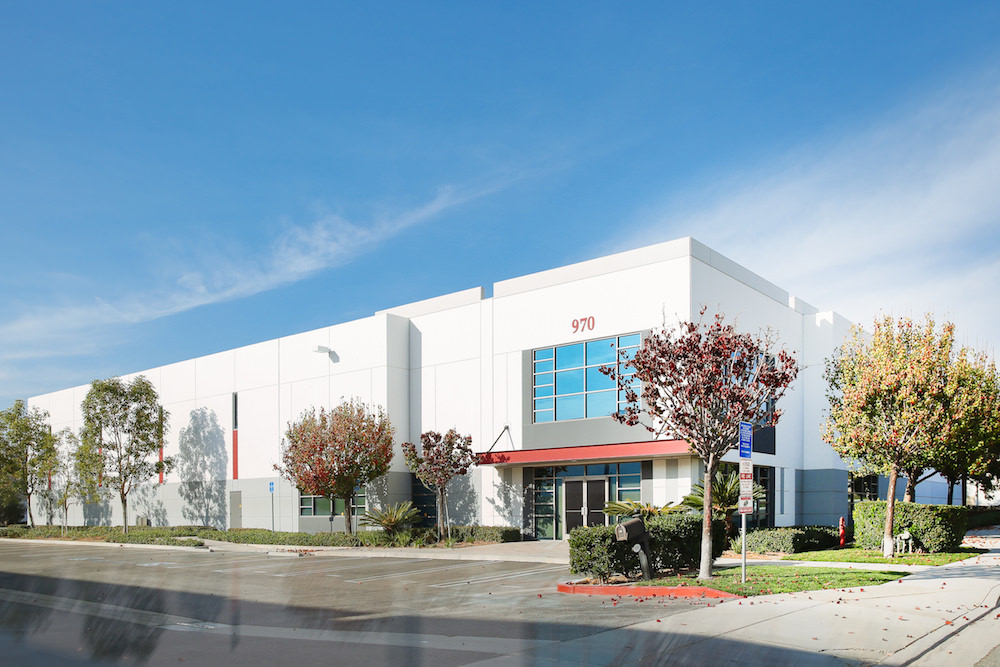If passed, Proposition 15 (the so-called Split-Roll initiative) could saddle commercial property owners and occupiers with up to an estimated $11.5 billion increase in property taxes to increase spending on local government, K-12 education and community colleges.
In this post, we take a deeper dive into what we believe the impact of this initiative is likely to have on the commercial real estate market. We do so without reference to the political lines being drawn, but to the financial impact it will have on property values, owners and tenants regardless of party affiliation.
Simply put, Proposition 15 strips commercial properties of the protections afforded by Proposition 13, passed overwhelmingly by California voters back in 1978. That landmark change to property tax law limited the base levy on all properties, including residential real estate, to 1% of the acquisition price, plus a 2% increase cap in any given year. The law created certainty over how much tax any property owner would pay for as long as they owned the property. Interestingly, property tax revenues have risen by an average of 7% per year since 1978, which has given state and county governments a predictable level of revenue to help guide responsible budgeting for education and other government expenditures.

Proposition 15 would do away with those basic rules for all commercial properties with minor exemptions for a small slice of owner-occupied properties whose owners own less than $3 million worth of properties in the aggregate, and all of whose principal corporate officers are residents of California. This was an attempt by the proposition’s proponents to make it appear as though the law is targeted at big corporations and institutional property owners. In furtherance of that effort, some reassessments would be delayed for multi-tenant commercial properties that are more than 50% occupied by businesses with fewer than 300 employees. That threshold includes the vast majority of businesses in California.
Since most businesses lease their space and pay either all or a large portion of the property taxes pursuant to their leases, the new tax burden would laid on the shoulders of businesses who will have to find a way to absorb the additional cost, probably by raising their prices, hiring fewer workers and cutting back on raises, among other cost-cutting efforts. That hurts consumers who account for roughly 70% of the state’s economic output.

For those who operate their businesses in property they own who don’t fall under the exemption, they have no one to pass along the increase in cost, as they are both landlord and tenant. Many owner-users have owned their properties for many years and have a low tax basis. Proposition 15, if enacted, could double, triple or even quadruple their property tax bill overnight.
It would be the same case for long term third-party investors, who pass along tax increases to their tenants via operating pass-through provisions common in commercial leases. Whatever they cannot pass through, will come directly off net operating income, the number used to arrive at market value based on current capitalization rates. By way of example, every $1 dollar of lost net operating income at a 5% cap rate reduces the value of the property by $20.
The uncertainty of future operating expenses adds risk to the investment, and a savvy investor will demand a higher yield (the cap rate) to compensate for greater risk. That means cap rates would likely rise as net operating income declines, a double whammy that will further erode property value.
In our next post, we will take a closer look at where the money will go if Proposition 15 passes. Stay tuned.


Leave a Reply
You must be logged in to post a comment.